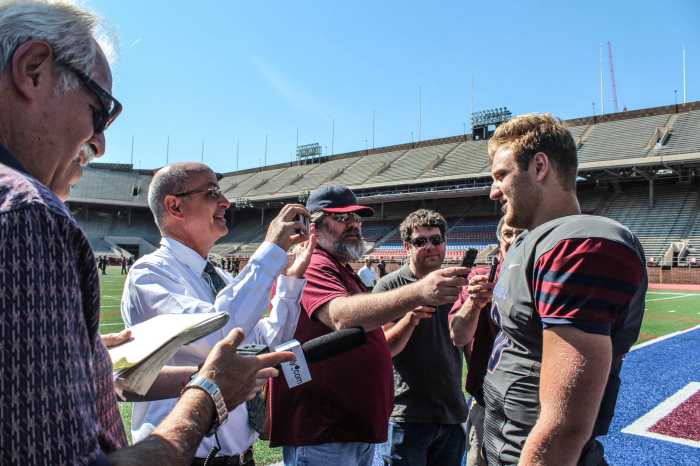Mummies, a Sphinx and thousands of other ancient artifacts at a Philadelphia archeology museum are being moved to steadier ground or monitored with vibration sensors during a demolition project next door that has put the building on shaky ground. The University of Pennsylvania Museum of Archaeology and Anthropology, which houses treasures dating back to 2600 B.C., installed “super-sensitive vibration sensors” to protect some of its 1 million relics during the tearing down of a neighboring parking garage and tower as part of a medical school expansion, according to a university website. As jackhammers and steamrollers rumble on, shock-absorbing materials have been added to cases housing 1,400-year-old horse figurines from China’s Tang Dynasty and preparations are underway to remove a pair of 500-year-old Buddhist murals, a university spokeswoman said on Sunday. RELATED:Rarely seen royal art from India at the Philadelphia Museum of Art “Some of our more iconic pieces were installed decades ago, before special conservation techniques were implemented,” Bob Thurlow, the museum’s special projects manager, said on the university website. While Penn Museum, as it is commonly known, has remained open, the Islamic Near East gallery has been closed and the walls of the ancient Egyptian tomb chapel of Kaipure, “a treasury official of the late Old Kingdom” which dates back to 2300 B.C., has been dismantled, according to the museum’s website. The moving and shaking has triggered museum employee cellphone alerts that are sent when vibration sensors reach their thresholds, the spokeswoman said. When evening demolition work is underway, concerned staffers have camped out overnight in the galleries to keep watch over the treasures. One of the benefits of the upheaval is that staffers scrambling to protect relics have begun an extensive inventory and found long-forgotten objects, some still in the packaging from their original excavation.
Penn Museum mummies rattled by nearby demolition site

Reuters



























